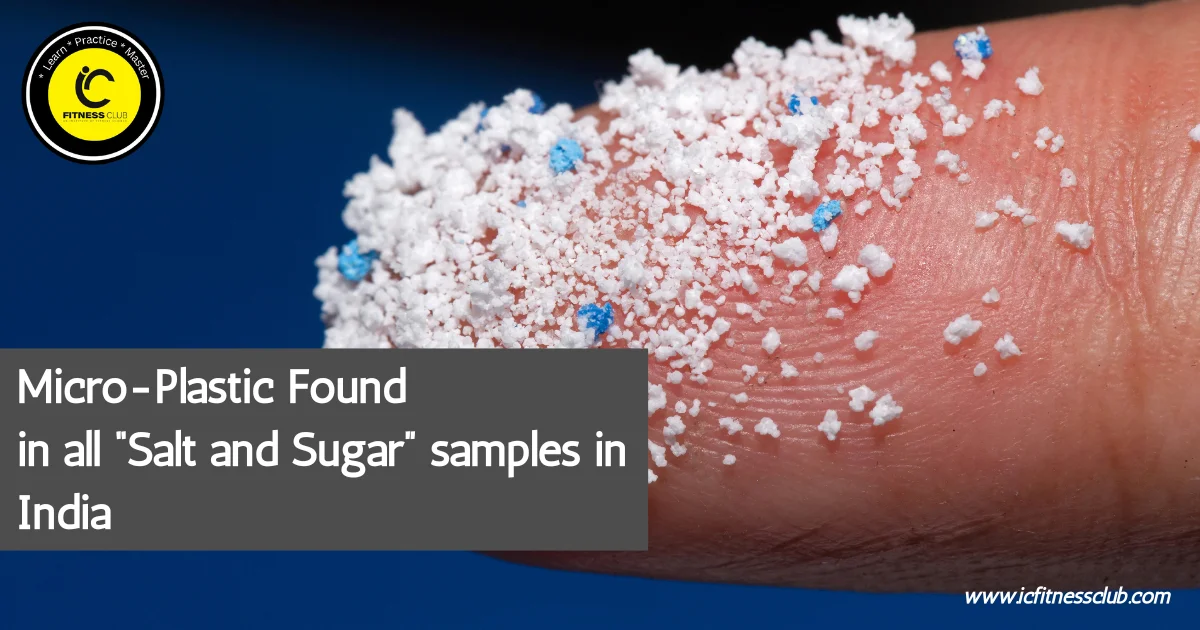Latest Research on Microplastics found in sugar and salt in India: What You Need to Know
In recent years, the issue of microplastics has garnered significant attention globally, and India is no exception. The latest research from Indian scientists and institutions sheds light on the pervasive presence of microplastics in everyday products like salt and sugar, raising concerns about health and environmental impacts. Here’s a snapshot of the most recent findings and what they mean for consumers.
Microplastics in Salt and Sugar: The Indian Context
Recent studies conducted by Indian research institutions have revealed alarming levels of microplastics in common table salt and sugar. Researchers from institutions like the Indian Institute of Technology (IIT) and the Central Food Technological Research Institute (CFTRI) have analyzed samples from various regions across the country.
- Salt Analysis: A study published in the Journal of Environmental Management in early 2024 found that up to 80% of table salt samples in India contained microplastic particles. The study attributes this contamination to the use of plastic packaging and the environmental pollution that affects salt production.
- Sugar Studies: Similar research on sugar, conducted by the National Institute of Nutrition (NIN), indicates that sugar, too, is not immune to microplastic contamination. Findings suggest that microplastics could be present due to contamination during processing or packaging.
Sources and Pathways of Contamination
Understanding how microplastics end up in our salt and sugar is crucial. Key pathways include:
- Packaging Materials: Many food products, including salt and sugar, are packaged in plastic containers or bags. Over time, these plastics can degrade and release microplastic particles into the food.
- Environmental Pollution: Microplastics are prevalent in the environment, including oceans, rivers, and soils. During the harvesting and processing of salt, these particles can inadvertently be incorporated into the final product.
Health Implications and Ongoing Research
The health implications of ingesting microplastics are still under study, but potential risks include:
- Toxicity: Microplastics may carry toxic chemicals that can leach into food.
- Digestive Issues: The long-term effects of consuming microplastics are not fully understood, but there are concerns about their impact on human health.
Indian researchers are actively investigating these potential health impacts. For instance, a collaborative study by IIT Mumbai and the All India Institute of Medical Sciences (AIIMS) aims to assess the toxicity of microplastics in food and their long-term effects on human health.
What You Can Do
While research continues, there are steps consumers can take to mitigate their exposure to microplastics:
- Opt for Alternative Packaging: Choose products with minimal or no plastic packaging when possible.
- Support Sustainable Practices: Advocate for and support brands and initiatives that focus on reducing plastic use and improving environmental sustainability.
- Stay Informed: Keep up with the latest research and guidelines from trusted health and environmental organizations.
Looking Ahead
The research on microplastics in India is an evolving field, and ongoing studies will be crucial in providing clearer insights into the sources of contamination and their effects on health. As scientists continue to explore these issues, consumers need to stay informed and make choices that support both personal health and environmental sustainability.
Stay tuned for more updates as new findings emerge and as the global and Indian scientific communities work towards solutions to this pressing issue.
To become a certified Personal Trainer, Click Below




